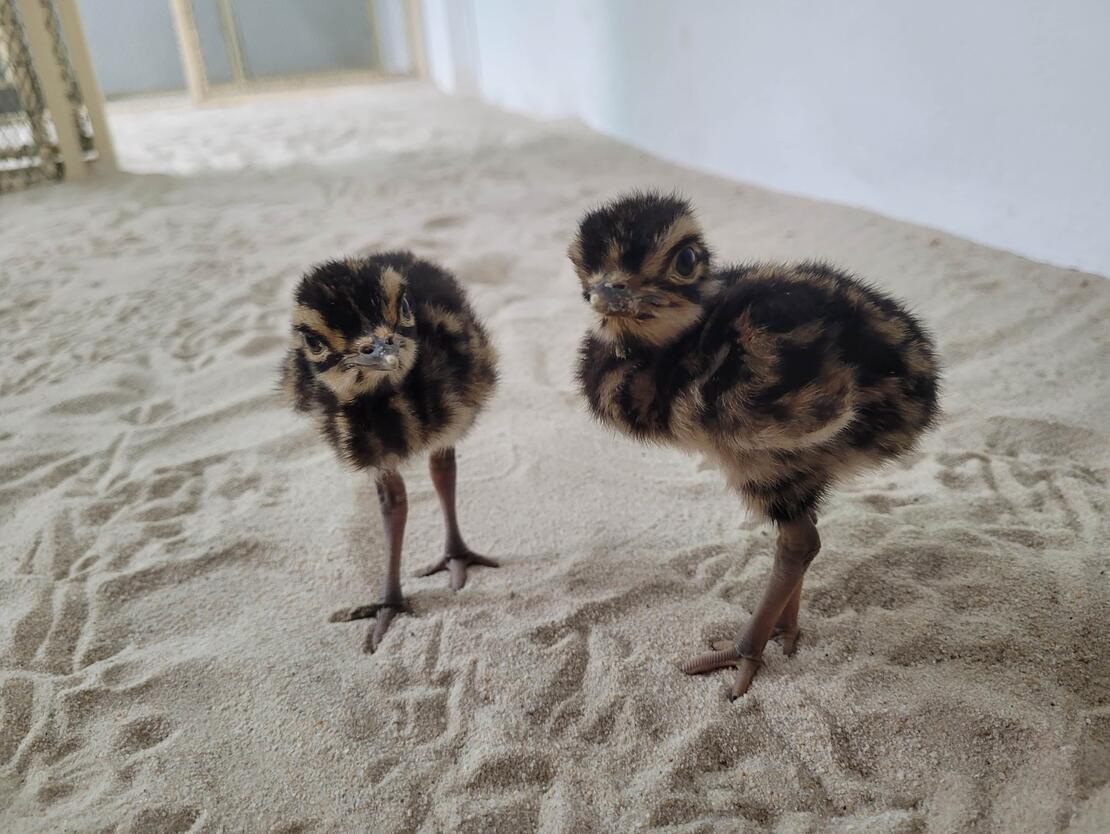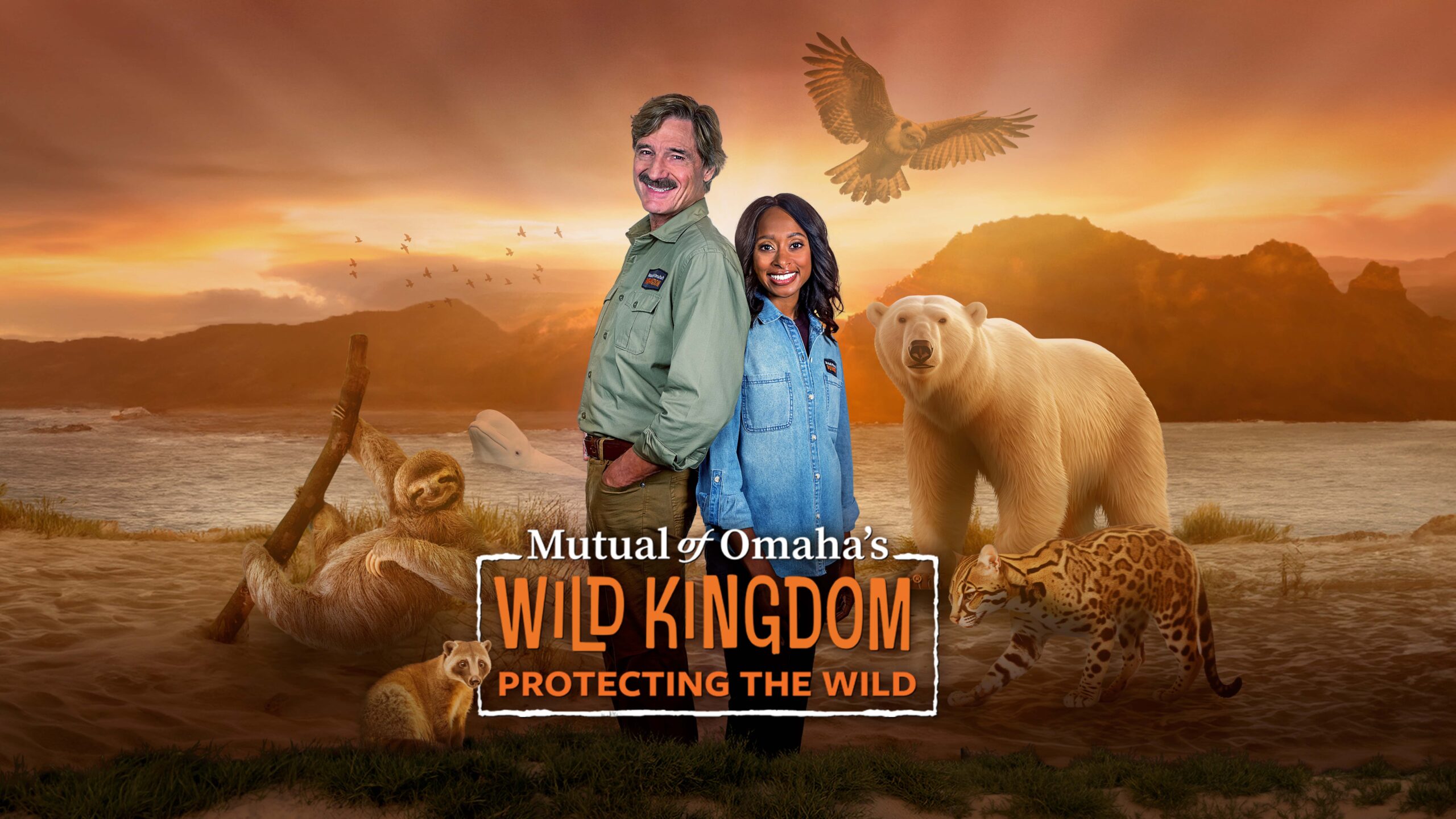Years ago, a group of conservation scientists calling themselves Re:wild put out a wanted list. Dead or alive, they’re looking for 25 unique animals, and they’ve already crossed 12 off their list.
But that’s not because they’re extinct, it’s because they were considered ‘lost’ and have now been found to the benefit of science and future generations.
Re:wild first launched the “25 Most Wanted” list as part of their Search for Lost Species initiative in 2015, and from the time of the first press release announcing the rediscovery of Jackson’s climbing salamander in Guatemala in 2017, the initiative’s sponsored expeditions have reintroduced one enigmatic species to the world at a remarkable clip of one every 6.4 months for 6 years.
The work has been so successful they had to redo the list, taking down the first 9 and selecting another group from a master list of 2,200 such lost species compiled by scientists around the world working at branches of the International Union for the Conservation of Nature (IUCN). They’ve found 3 more since then.
Along with the salamander, the expeditions have rediscovered Wallace’s giant bee in Indonesia, the velvet pitcher plant in Indonesia, the Silver-backed chevrotain in Vietnam, the Somali sengi in Djibouti, the Fernandina Galápagos tortoise in the Galápagos, the Sierra Leone crab in Sierra Leone, Voeltzkow’s chameleon in Madagascar, the Pernambuco holly tree in Brazil, Attenborough’s long-beaked echidna in the Indonesian half of New Guinea, and, just a few weeks ago, De Winton’s golden mole in South Africa.
“As we sit in the middle of a mass extinction crisis, and there’s this devastating news coming out every day about species going extinct before they’re discovered, having these stories of hope are the things that I think keeps us as conservationists going forward,” says Christina Biggs, an expedition organizer from Re:wild. “Every species we save can have a trickledown effect on the environment, on the ecosystem, on the other species in those zones, it tells us we’re doing the right thing”.
Once found, Re:wild and their partners immediately try to use the publicity of the rediscovery to drive conservation measures home, whether that means expanding on protected areas or establishing them. Jackson’s climbing salamander was found in the Finca San Isidro Amphibian Reserve in the remote mountains of Guatemala, and a fundraiser organized in the wake of the rediscovery was able to secure the funds to expand the reserve, protecting the salamander and other rare amphibians.
“All of our rediscoveries immediately go into a pipeline called Key Biodiversity Areas,” says Biggs, who explains that it alerts their partner organizations like the IUCN that there’s an area that needs scientific evaluation immediately. This, she says, will almost certainly lead to a protected area established for the Pernambuco holly tree in Brazil.
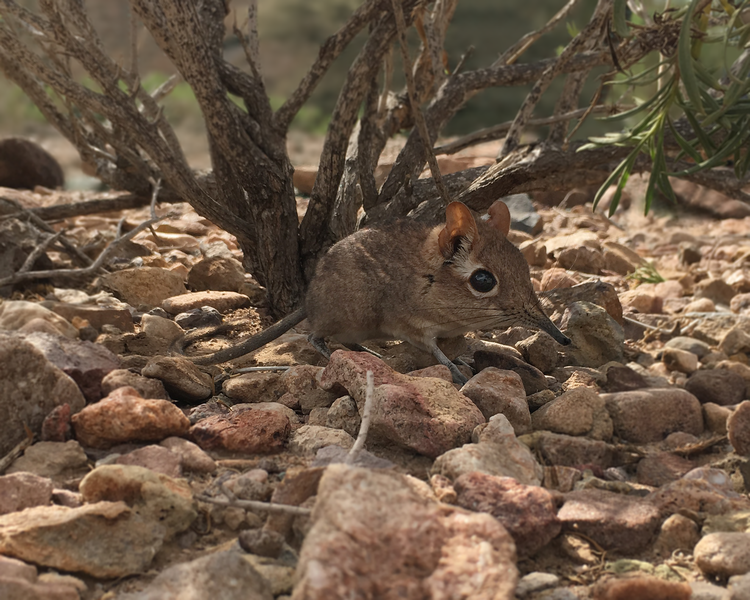
Finding a needle in a haystack
The list always balances the various orders of life as best it can, and also includes the kingdoms of plants and fungi. It tries to highlight lost species that have interesting stories, species that have the potential to anchor whole ecosystems — so-called “keystone species,” and species from a diverse range of habitats and regions.
“It has a mixture of drivers as to what might have caused that loss, whether it be human-wildlife conflict, disease; it could be something as easy as it hasn’t been looked for, it isn’t some giant charismatic animal like a panda,” Biggs told WaL.
“If you look at the Pondicherry shark, we know that sharks as apex predators influence everything down to coastal waters. You have to have sharks on reefs for them to be healthy”.
At the moment, the Pondicherry shark is still at large, but it isn’t the hardest animal to find. The pink-headed duck of South Asia has so far been the most elusive. Its range stretches across India and Myanmar, but Myanmar is engulfed in a civil war against a military junta, ruling it out for expeditions. Even though the pink-headed duck has seen the most failed attempts, there’s another beastie that’s almost certainly going to be even harder to find: the bull-necked seahorse.
“It’s just a few centimeters, it’s the tiniest seahorse, we only have a couple of records of it brought up by fishing trawls 20-30 years ago,” Biggs told WaL. “It’s found in deep water in stormy seas off the coast of Eden, Australia, so if you’re talking about finding a needle in a haystack. The fishermen told me you get maybe 2 out of 14 days to actually sail out to the place where it was seen”.
Recently, the first fungi species was put on the list: the Big Puma Fungus — otherwise known as Nahuelbuta austroomphaliaster. There’s a species that was identified by a fossil — the dwarf hutia (Esocapromys nanus) which may live in Cuba.
You can click on the links to these animals to see watercolor paintings of them — part of Re:wild’s strategy to try and re-imagine the value of these lost species. Compare them if you will to works of art, and perhaps, Re:wild believes, people will begin to understand their unique beauty. Biggs also explains that some species have been lost for so long, they predate photographic technology or were discovered by such a small degree of evidence that no one knows exactly what they look like.
“If something hasn’t been seen in a century, to be able to put a visual on to a lost species, helps it become familiar to people and something they can care about,” she says.
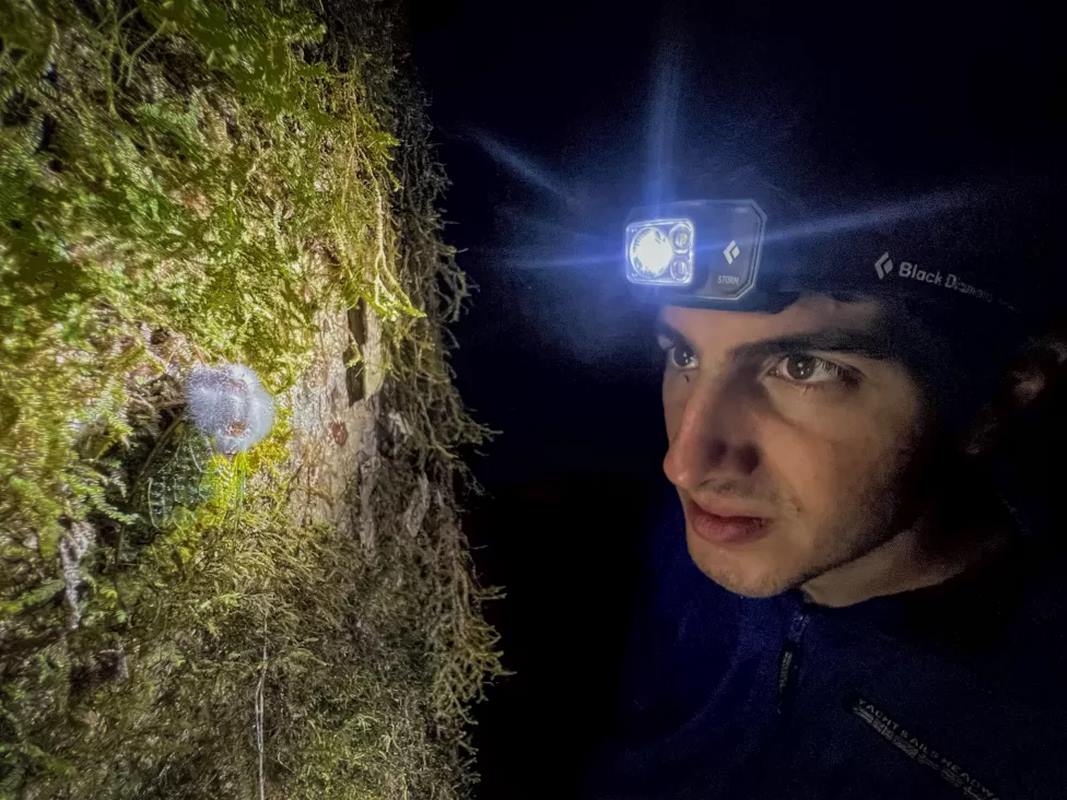
Passionate scientists
Many of the species on the “25 Most Wanted” list have been gone for 50, 60, or even 100 years or more, and the scientists and conservationists who plumb the depths of remote jungles and mountains, risking venom, dangerous terrain, and exposure in order to find them, are often as charismatic as the animals themselves.
Carlos Vasquez, curator of herpetology at USAC University in Guatemala, had made 30 separate expeditions to find Jackson’s climbing salamander, which he has always called the “golden wonder”. Over 3,000 hours he spent in the rainforest searching for it, and it was this passion for a small animal that might seem so insignificant to a person in suburbia that led to its rediscovery.
“It’s a beautiful story, and marks a promised future for the conservation of this special region,” said Vasquez.
Vasquez kept the guards at the reserve well informed of the amphibian’s traits and character, and it was one of these guards who snapped the photo — texted to Vasquez warm and dry at his desk — that confirmed the first of the “25 Most Wanted” had been found.
For the recent expedition to find Attenborough’s long-beaked echidna, an ancient egg-laying mammal in the Cyclops Mountains of Northern New Guinea, dozens of scientists from the UK, Czechia, Indonesia, and Greece traversed moss and root-covered slopes of some of the most remote mountain jungles on Earth.
“You’re slipping all over the place. You’re being scratched and cut. There are venomous animals around you, deadly snakes like the death adder,” expedition member Dr. Kempton told the BBC. “There are leeches literally everywhere. The leeches are not only on the floor, but these leeches climb trees, they hang off the trees and then drop on you to suck your blood”.
One of the expedition team, Greek insect specialist Dr. Leonidas-Romanos Davranoglou, broke his arm early on in the trip, but stayed on. He and his colleagues were “chuckling” the whole time, snapping pictures of dozens of new insect species.
“It’s not for the faint of heart; they’re not vacations,” Biggs says of the expeditions. “It is a well-oiled machine, and these species are able to be rediscovered because of that expertise and that passion”.
“You sort of ignore those little things,” Biggs says of the physical discomforts and hazards, “those bites, and stings, sleeping in the mud — there’s always an incredible amount of mud, and when you make those rediscoveries, that feeling is so overwhelming, so joyous, when you’re in a campsite of 25 30 people it just spreads and it’s infectious and everyone celebrates”.
“[With] a lot of these expeditions, the amazing thing is that even if we don’t find the lost species we’re looking for, because they’re in remote and unknown places we make amazing discoveries; things that have never been described by science”.
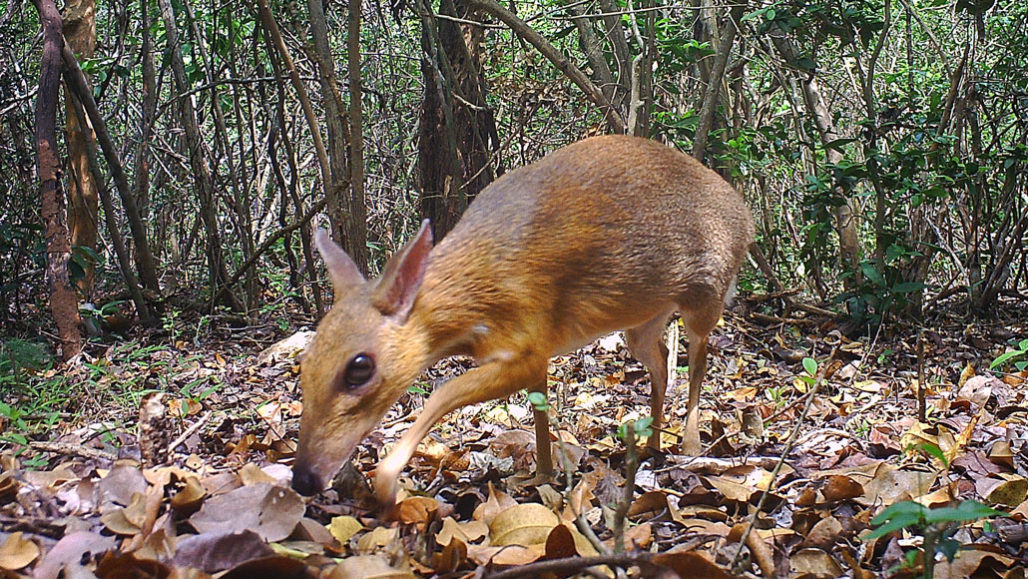
Evolving conservation
In 2010, Re:wild was called Global Wildlife Conservation, and they organized a Search for Lost Frogs. The team developed a list of lost amphibians that developed into an entire campaign that involved sending groups of scientists out into various habitats around the world to try to find the “most wanted” frog species.
Partnering with various organizations, Re:wild built up an institutional memory of how to pull together disparate groups of people from academic institutions, government ministries, and non-profits and organize them into large bands with all the resources they need to strike out into uncharted parts of the globe; and they’re getting better at it all the time.
“It’s an unbelievable undertaking. I organized my first as leader of an expedition; we went to Madagascar; to the far north — really inaccessible territory and we had a group of 7 organizations in total, we had 18 taxonomists, 25 scientists, and a support team up to 100 people going through jungle with no trails,” says Biggs.
Additionally, there’s permitting involved from forest and environment ministries, there are immigration details, securing supplies of fresh water in the field, and the challenge of getting locals or indigenous groups involved in the search. But even with all these challenges, in countries that aren’t always run by honest governments, Re:wild is hitting a stride.
“Prior to this, between 2017 and 2023, we rediscovered 8 species. Now this year alone we’ve rediscovered 3 species. You learn, you build upon what has been successful and what has not been successful,” said Biggs.
Re:wild is beginning to incorporate additional technology like eDNA kits to rapidly collect biological data on species from things like shed hair, bones, and droppings. The expeditions organized by Re:wild are beginning to use standardized templates for surveying and data collection, and are able to relay information to the IUCN more quickly.
It’s a story that rings with something more than just hope. The strategies and methods used in the “25 Most Wanted” concept are painting a watercolor picture of a biodiversity crisis that absolutely can be halted; that absolutely can be reversed. Conservation organizations like the IUCN and BirdLife International have been around for decades; maybe what they were missing was a bit of creativity and a cheap Western movie analogy. WaL
